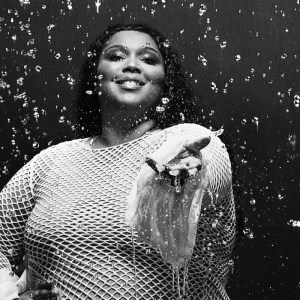Across genres, music saw a shift in the 1960s. Even a purist-led genre like bluegrass did not go untouched by the decade of freedom, love, and flower power. At a time when purveyors of tradition held tight to their musical customs, they were met with equally passionate progressive players looking to shake things up.
Videos by American Songwriter
Revisit a shifting era in bluegrass with us. Here are 6 top bluegrass bands from the 1960s.
1. The Foggy Mountain Boys
Two of the great bluegrass showmen—guitarist and mandolinist Lester Flatt and banjo player Earl Scruggs—met in Bill Monroe’s band, the Blue Grass Boys, in 1945. The two left Monroe’s band a few years later to join forces, forming the Foggy Mountain Boys just months after leaving.
Their distinctive sound was punctuated by Flatt’s drawling, lilting vocals and Scruggs’ three-finger banjo-picking style. It was in the 1960s that the band found themselves at a crossroads, stuck somewhere between Scruggs’ experimental song stylings and Flatt’s penchant for the more traditional.
They parted ways over their irreconcilable musical differences and the end of the decade would mark the end for one of the greatest bands in bluegrass.
2. The Country Gentlemen
The Country Gentlemen were responsible for injecting some life into the genre that had spent decades tied to traditionalism. Introducing folk, soft rock, and contemporary country to bluegrass, they helped give the classic sound a progressive edge and, in turn, drew in a broader audience.
With the bobbing harmonies of a barbershop quartet, the lyrics full of Dylanisms, and the rolling twang of tradition, the Country Gentlemen helped steer ’60s bluegrass into a new light.
3. The Osborne Brothers
One of the most influential bluegrass acts of the 1960s, the Osborne Brothers became known for their high-energy sound and tight, melodic harmonies. However, during that time, the Osbornes were met with controversy, ruffling the feathers of bluegrass purists by incorporating electronic and percussion instruments in their music.
4. The Stanley Brothers
A prominent band for decades, Ralph and Carter Stanley made up The Stanley Brothers, performing with their backing band, The Clinch Mountain Boys, from 1946 until Carter’s death in 1966. Ralph kept the band name, continuing as a solo artist until his own passing in 2016.
The Stanley Brothers will live on forever, especially when it comes to Ralph’s late-career work on the movie soundtrack for the 2000 film, O Brother, Where Art Thou?, which featured the brothers’ classic song “Man of Constant Sorrow.”
5. The Dillards
While the Dillards are probably best known for their appearance as The Darlings on The Andy Griffith Show, the band is hugely responsible for modernizing and popularizing the bluegrass sound in the 1960s. They pioneered an electrified flavor of the genre, paving the way for country rock.
The band has been cited as having direct or indirect influences on artists like The Eagles and The Byrds. Led Zeppelin’s John Paul Jones even acknowledged The Dillards as inspiration in his decision to pick up the mandolin.
6. The Kentucky Colonels
However short-lived, the Kentucky Colonels had a legendary career. In their near ten-year stint as an outfit, the band became known as one of the leading folk music revivalists in the 1960s. By finding a happy medium in the bluegrass world, they thrived as staunch purveyors of tradition with a progressive lean.
They redefined the acoustic guitar as a musical centerpiece with a flat-picking technique that would characterize much of their sound.
(Photo by John Byrne Cooke Estate/Getty Images)
